If you're planning to install a heat pump, it is good to know its Seasonal Energy Efficiency Ration (SEER) rating to get the best unit for your home. If you're not familiar with the figures that are indicated on each unit's yellow sticker, this article will help you out. We did the research for you, and we've come to know what is considered a good SEER rating for a heat pump.
The current minimum requirement for SEER rating is 13 for those living in northern regions and 14 for those in southern regions. In general, the higher the SEER rating, the more efficient the heat pump should be. However, other factors would determine the heat pump's efficiency, such as your regional climate, size of your home, and available ductwork.
Keep on reading to know more about heat pumps' SEER rating and the other factors that would affect their energy efficiency. We'll also answer if a heat pump can heat a whole house, if there's a big difference between 13 and 14 SEER ratings, and if we can expect units with higher SEER ratings to be quieter. Let's get going!
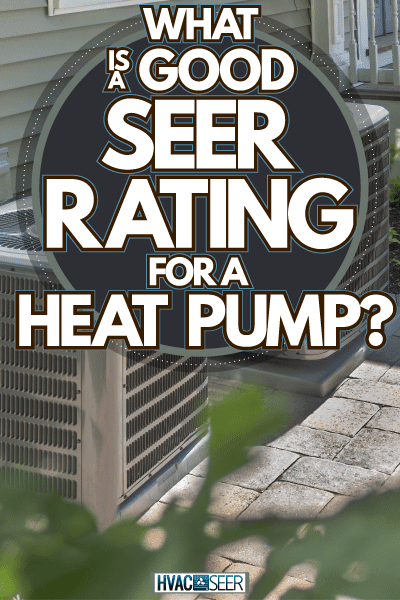
Heat Pump Efficiency
Heat pumps are appliances that can move hot air going inside or outside of your home to make you comfortable with your indoor temperature. It removes hot air in the room during summer and brings in warm outside air during winter.
These appliances are versatile. You can use them during the cooling and heating season. Reports say that these appliances are more energy-efficient than standard heating and cooling appliances. This translates to lower energy costs and more savings for homeowners. Heat pumps also help control the humidity level inside your home at any given season so you're more comfortable indoors.
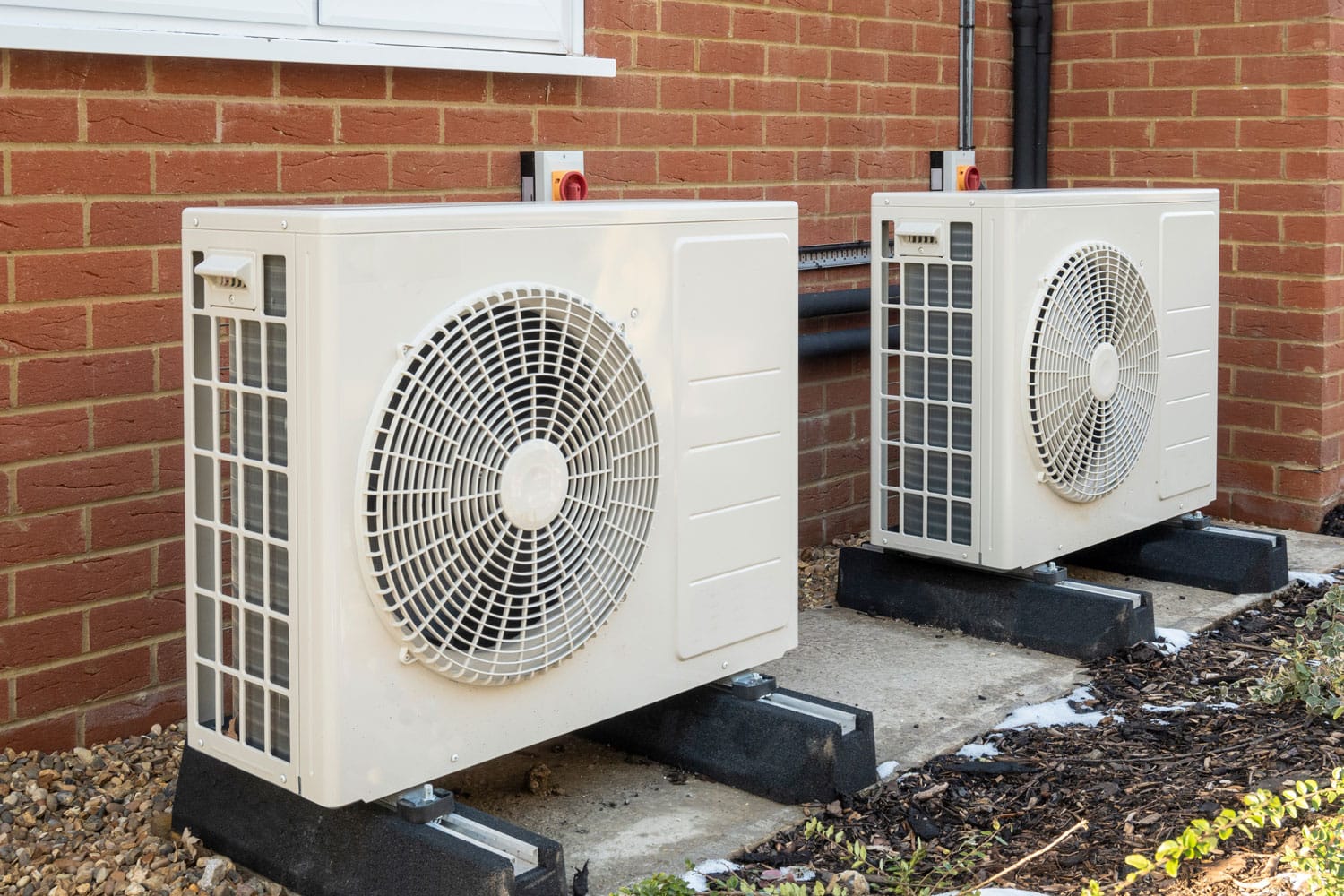
Heat pumps are also more environment-friendly since they use fewer energy resources to provide for the customers' needs. They have less carbon footprint and release less harmful gases into the air.
It's no wonder then that many are interested in having heat pumps installed in their homes. But of course, wise buyers would want to make an informed decision. With the different brands and models of heat pumps that you'll find on the market, it is tough to choose the right one for you.
Experts say that one of the things that you should look into is the heat pump's SEER rating. For those who aren't familiar with this term, it stands for Seasonal Energy Efficiency Ratio. Some might have seen this before when looking up details for air conditioners, but what does it mean?
SEER Rating Explained
SEER tells us about the energy efficiency of heat pumps and central air conditioning systems. The SEER rating is the score given based on the amount of heat removed by the appliance during the cooling season and the energy that's used to generate that output.
In essence, the higher the SEER rating, the more energy-efficient the heat pump is. But this is still relative based on some factors that need to be considered regarding your cooling needs and preferences.
The US Department of Energy requires cooling systems to have a SEER rating of not less than 13 for northern states and 14 for southern states. The difference in the requirement for SEER ratings accounts for those living in southern states experiencing warmer summers than those in the north and thus use their cooling systems more often.
This minimum requirement is bound to increase by January 2023. It'll then be 14 for northern states and 15 for southern states.
You will find heat pumps with SEER ratings ranging from 13 to 26. Those with scores of 13 to 15 have what we can call baseline efficiency. If you want mid-level performance, you should go for 16 to 19 and if you want highly efficient units, go for those with SEER ratings of 20 and above.
Going back to the question of what a good SEER rating for your heat pump is, it should meet the Department of Energy's minimum requirement. The higher SEER rating won't necessarily mean a better heat pump for your home. Energy efficiency would depend on different factors.
Factors Affecting the Energy Efficiency of Heat Pumps
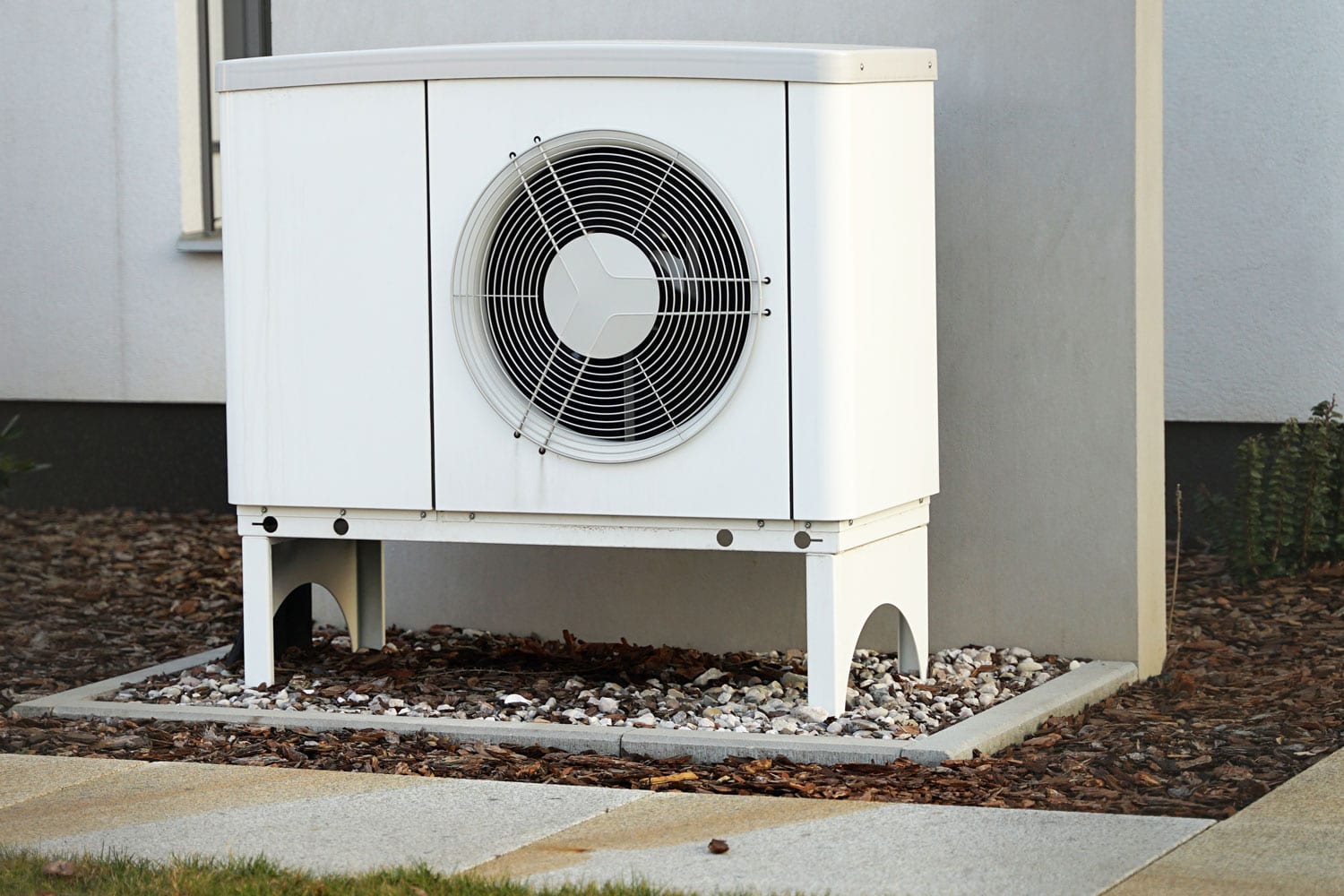
Regional Climate
Heat pumps are ideal to use in areas with moderate temperatures. Remember, they don't generate heat. They just move heat from one place to another. If the weather is extremely cold, there's not much heat that they can get outside that they can pull inside the house so they'll use more electricity to provide you with a comfortable temperature indoors.
Some heat pump units are supplemented with a heat source to address this issue, but this still means the use of more energy.
Size of your home
A larger house needs a heat pump with a bigger capacity. Let's leave it to HVAC professionals to know the heat pump size that you need for your house. They would know the optimal capacity for your home. If the heat pump is undersized, it will have a hard time cooling your home no matter what its SEER rating is.
Ductwork
Your ductwork at home must be able to accommodate the type of heat pump that you'll use. The most common type of this appliance is the electricity-powered, split-system air-source heat pump. There are also mini-split ductless units for those without ductwork or who have problems with their ducts.
These are some of the external factors that'll directly affect the efficiency of your heat pump. So, aside from the SEER rating, make sure you consider your regional climate, ductwork, and size of your home to get the best heat pump for you.
Can a heat pump heat a whole house?
When winter comes, you can still use heat pumps to keep you warm and cozy inside your house. But unlike heaters and furnaces, heat pumps do not generate heat. However, there are whole-house heat pumps that can draw warm air from the outside and distribute it to the different vents inside your home.
It is harder for them to harness warm air from the cold surroundings. This means that they'll use up more electricity to be able to keep your home warm.
Most heat pumps are backed up by electric resistance heaters or supplemented with a gas furnace for those who want to keep their electric bills low.
Again, it's best to consult with an HVAC professional to know the heat pump size and capacity that'll be able to keep your entire house warm during the winter.
Is there a big difference between 13 SEER and 14 SEER?
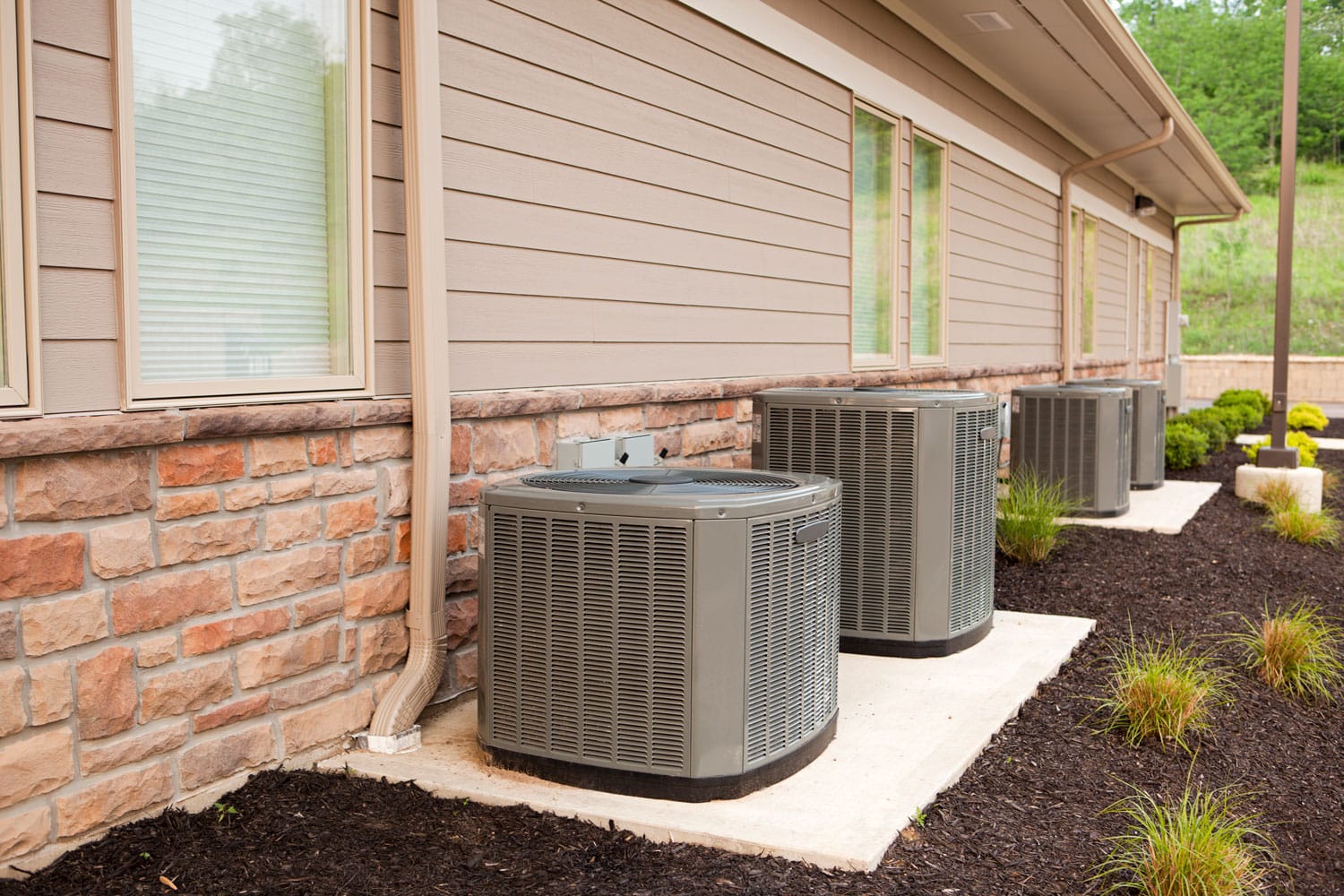
We often see comparisons between low and high SEER ratings. Obviously, we expect a significant difference there. But what if we compare 13 and 14 SEER ratings? Would there still be a notable distinction between the two succeeding scores?
Here are the differences that you can expect between 13 and 14 SEER heat pumps and central AC systems.
Unit Price
Units with higher seer ratings cost more. You'll spend hundreds or a thousand dollars more on upfront cost when you go for a heat pump with a 14 SEER compared to a 13 SEER rating.
Operational Cost
The good news is that the higher upfront cost of 14 SEER units can easily be earned back because of the savings on energy costs. Users can save around 7.2% on power costs compared to heat pumps with a 13 SEER rating. SEER 13 heat pumps have to work harder to transfer warm air during the heating season that's why they'll need to consume more electricity.
Size and Weight
If the size and weight of a heat pump or central AC unit matter to you, expect 14 SEER units to be bigger and heavier than 13 SEER units. To set your expectations, they can be 10% to 25% larger.
Life Expectancy
14 SEER heat pumps and ACs are expected to last for 10 to 15 years. Meanwhile, 13 SEER units have a running time of seven to eight years. Going back to value for money, it shows that you get your money's worth with a higher SEER rating, even if it is just one score higher.
These are the main differences that you can expect to see between 13 and 14 SEER heat pumps and central AC units. To answer the question, yes, there's a big difference between the two.
Does higher SEER mean quieter?

One of the advantages that you would often hear about units with higher SEER ratings is that they operate more quietly. This is good news, especially for those with heat pumps located near their bedrooms. They can sleep without being bothered by the noise.
You can expect heat pumps to be quieter when their compressors allow you to choose variable speeds. This means that their fans don't always have to work at full capacity because when they do, you can't expect them to be silent. Fans are noisy in general.
Variable-speed compressors are often found in heat pumps with higher SEER ratings, usually 18 and above. Those at the baseline level often operate at an on-off capacity or single speed. It's either they're working at 100% or 0%. There's no in-between. When you turn them on, their fans will be working at full capacity all the time and make noise along the way.
That's why if you're the type of person who's easily bothered by this kind of noise, it's best to choose heat pumps or central AC units with higher SEER scores so you can manage the fan settings and noise when they are running.
Final Thoughts
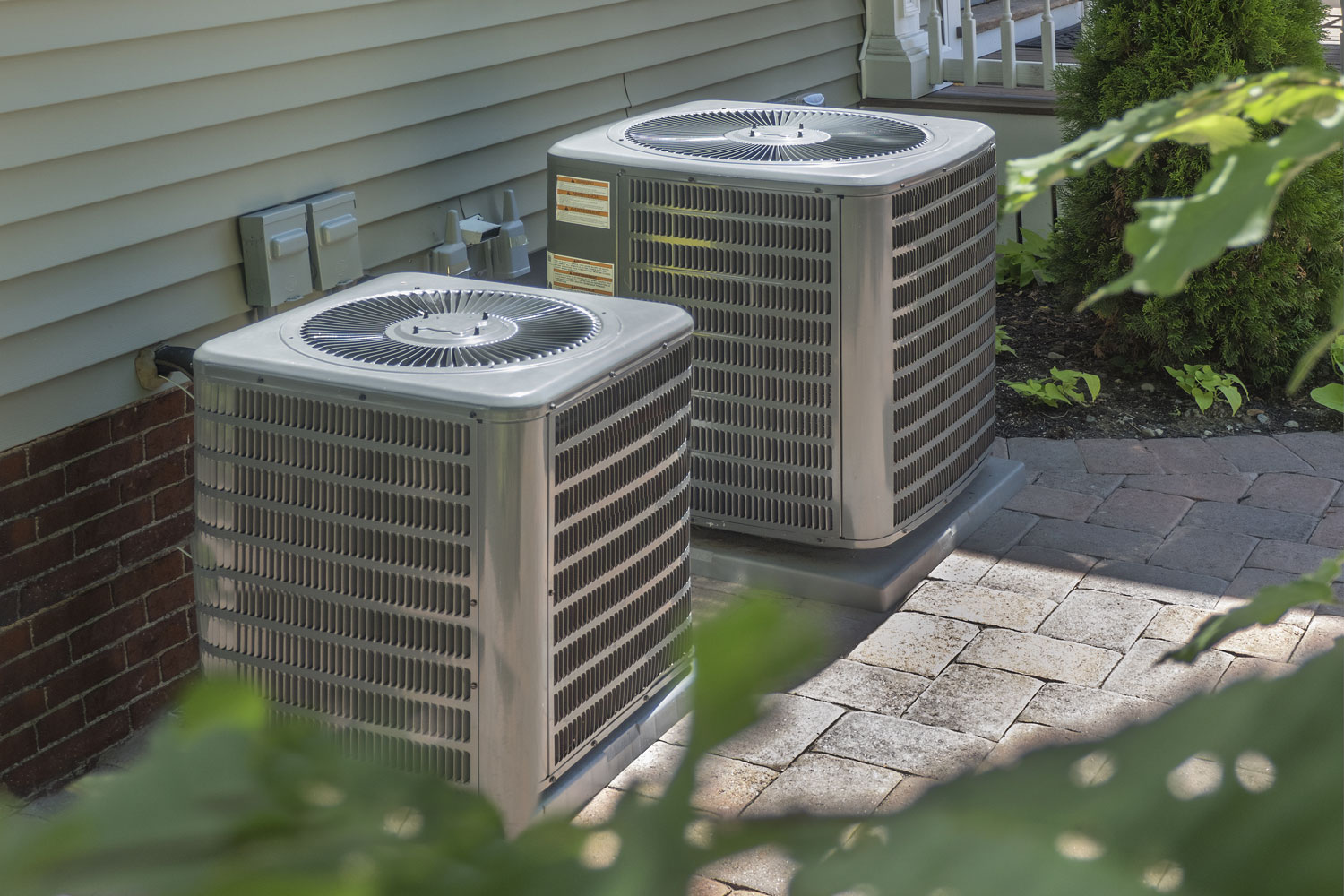
There's no magic number when it comes to SEER rating, but we should all follow the US Department of Energy's minimum requirement in our area. Whether you decide to get a heat pump with a higher SEER rating would depend on your specific circumstances and cooling needs.
To read more about heat pumps, feel free to visit the following posts:
Where Is A Heat Pump Typically Located?
How To Protect Heat Pump From Freezing Rain And Snow
